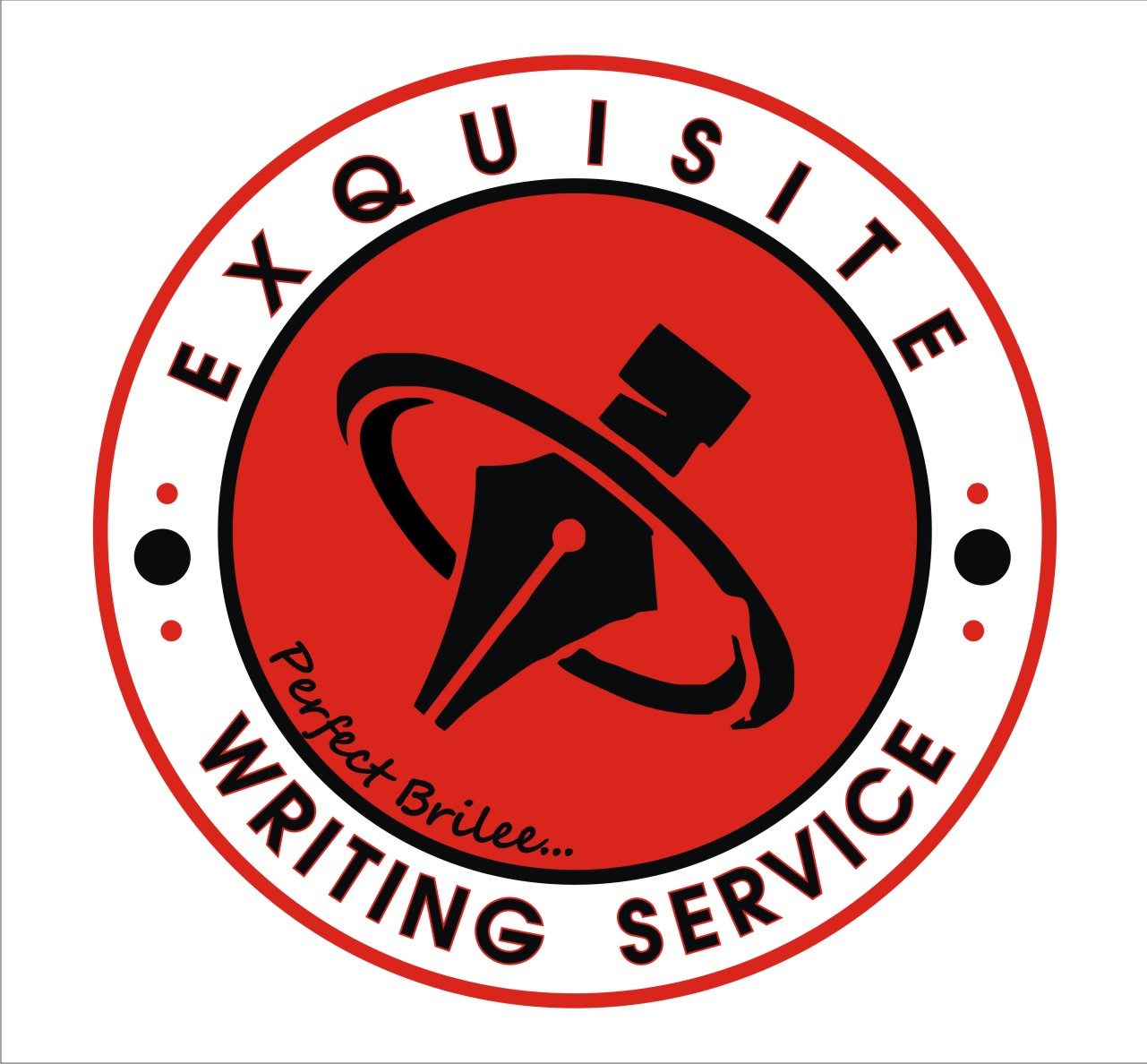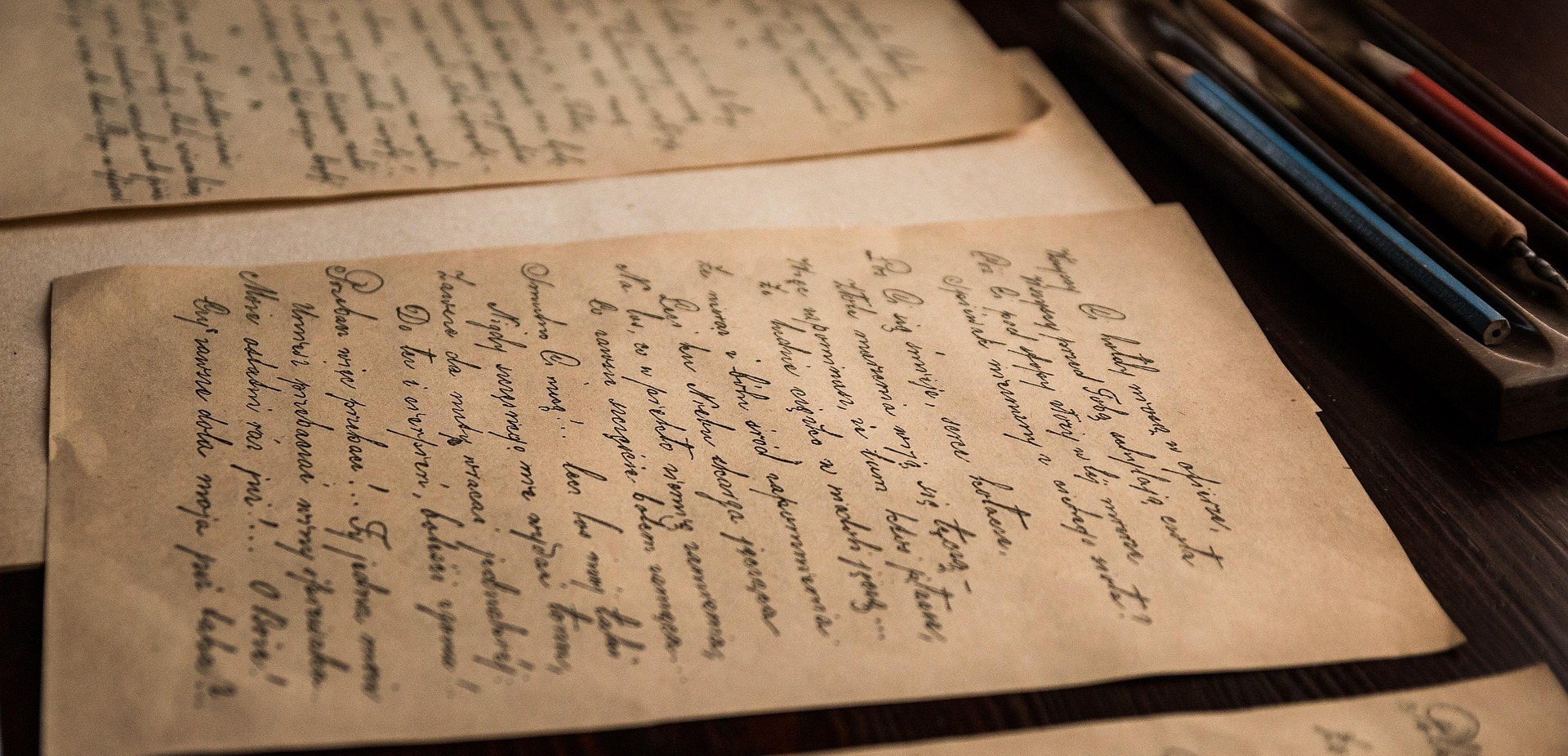How often do you change your writing font style? If you are like most writers, you do it regularly!
Fonts feel different, and our preferences, likes, and dislikes matter. Therefore, it’s expected that what feels great to one writer may not feel perfect to another. In fact, what feels great for a writer now might even change later.
That’s what writers wrestle with, and it’s fine! Times New Roman could now scream “college essay.” Courier whispers “screenplay dreams.” Calibri… Well, Calibri sits there looking like office work.
Fonts can influence the way we write and focus.
Reasons Writers Obsess Over Fonts
Here are excellent reasons why writers obsess over fonts:
1. They Set the Vibe
Fonts are basically the outfits our words wear. You wouldn’t show up to a wedding in sweatpants (well… maybe).
Thus, why would you start your brilliant new novel in Arial when you could slip it into something a little more elegant? Oh! Apologies if Arial is your good friend!
For some writers, starting a new draft in Baskerville feels like they are about to write the next Great American Novel—fancy, timeless, and serious.
On the flip side, drafting in Comic Sans? Oh yeah, that’s weirdly freeing. It’s like putting your words in pajamas. Suddenly, it doesn’t have to be perfect—it must exist.
And that’s the magic! Fonts give us permission to change how we feel about writing.
One font could tell your brain: “this is serious business, don’t mess it up.” Another font could whisper: “relax, it’s just a draft, have fun.”
Realistically, writers aren’t really obsessed with fonts themselves. Instead, we’re obsessed with how fonts trick our minds into varying moods.
And if that means cycling through six different fonts before we land on the “right one,” hey… that’s just part of the ritual.
2. They Reduce (or Increase) Pressure
Ever felt that fonts aren’t part of your writing kits? No. They are. Fonts aren’t neutral. They come with baggage. Times New Roman doesn’t just look like a font.
Instead, it looks like a red pen, a deadline, and a professor sighing at your essay. For most writers, it’s less “creative flow” and more “flashbacks to cramming at 2 a.m.”
When you open a blank page in a boring font, it can make you freeze, because your brain thinks we can hump on this later.
But switching to something casual like Verdana or Calibri, and suddenly the pressure can start to melt.
It doesn’t feel like homework anymore—it feels like you’re just messing around with words, like doodling instead of drafting.
Some writers even use fonts like Comic Sans or Chalkboard deliberately, precisely because they look too silly to take seriously.
I must be honest, it’s a psychological hack: if the font looks playful, your brain will stop obsessing about perfection.
You’re not writing The Great Novel of Our Time. Instead, you’re just throwing down words in a safe, no-judgment zone.
And that freedom often leads to the best breakthroughs!
3. They Make It Feel Fresh
Sometimes the problem isn’t your draft—it’s your eyes.
After staring at the same 20 pages in the same font for weeks, everything blurs together.
Typos vanish, clunky sentences hide in plain sight, and you start questioning if words have ever looked normal at all.
That’s where fonts come to the rescue. Switching from Garamond to Courier New or from Georgia to Arial can feel like putting on a brand-new pair of glasses.
Suddenly, mistakes you missed jump off the page. That awkwardly long paragraph? You’ll see it immediately. That repeated word? Impossible to ignore now.
Even the pacing feels different when the text appears new. A scene that dragged before might suddenly read smoothly, or vice versa, and that gives you the perspective you need to fix it.
It’s like tricking your brain into thinking you’re editing someone else’s work instead of your own.
And that small shift can be the difference between giving up in editing hell and powering through to the finish line.
At this point, let’s examine some fonts that can help you focus!
Fonts That Actually Help You Focus
If you’re wondering which fonts writers swear by for productivity, here’s the short list:
1. Georgia
Georgia is clean, professional, but not intimidating.
Georgia is the “workhorse” font for many writers.
It has just enough polish to feel professional, but it doesn’t carry the heavy academic baggage of Times New Roman.
It’s sharp on screen, smooth in print, and—most importantly—doesn’t make your draft feel like a midterm paper.
Writers who want structure without pressure often gravitate toward Georgia because it makes their words feel important, but still approachable.
2. Garamond
Classic and easy on the eyes for long sessions.
If fonts had personalities, Garamond would be the wise, bookish mentor.
It’s timeless, graceful, and has that “literary” feel that makes even messy drafts feel a little more refined.
The gentle spacing and soft curves keep eye strain low, making it a favorite for novelists and anyone tackling big projects.
Garamond almost whispers, “Keep going, you’re writing something that matters.”
3. Verdana
Spacious letters that reduce eye strain.
Verdana was designed with screens in mind, making it a lifesaver for writers who spend hours staring at their laptops.
Its wide spacing and open letterforms give your eyes room to breathe—no squinting, no cramped words.
It’s not flashy or “literary,” but that’s the point.
Verdana is like the plain white T-shirt of fonts: Simple, comfortable, and always dependable.
If you’re prone to marathon writing sessions, this font helps you focus on the words without the visual clutter.
4. Courier New
The “screenplay font.” Perfect for structure lovers.
Courier New is iconic in writing circles because of its roots in typewriters and screenplays.
Every letter takes up the same amount of space, which gives your draft an orderly, structured look. It’s like training wheels for pacing—dialogue feels snappy, paragraphs feel balanced, and page counts become more predictable.
Writers who love precision, or who need to “see” their work in neat blocks, often swear by Courier New.
It’s old-school, sure, but it carries a satisfying sense of discipline.
5. Comic Sans (Yes, really!)
Oh yeah, this is ugly but effective.
It takes the pressure off.
Writers joke about Comic Sans being the ultimate design crime—but I’ve got a secret!
It works. Because it’s so unserious, Comic Sans removes the crushing pressure to be perfect.
Your draft can’t possibly look “polished” in this font, which tricks your brain into focusing on ideas instead of perfection.
Plenty of writers admit they use Comic Sans when they’re stuck, precisely because it feels ridiculous and playful.
It’s like telling yourself, “Relax, this isn’t the final version—just get the words out!”
And weirdly, that mental freedom often leads to better productivity.
Sure, you’d never send a manuscript to an editor in Comic Sans (unless you want to be disowned), but as a drafting tool? It’s an ugly little lifesaver!
Pro Tip for Writers
Your font isn’t just about style—it’s a productivity hack.
Think of fonts as tools in your writer’s toolbox. Serious, professional fonts like Times New Roman, Georgia, or Garamond are perfect when you’re polishing and editing for submission.
They set the “business” tone and help you see your draft the way an editor or professor might.
But when you’re drafting? Flip the script! Go for lighter, friendlier fonts—Comic Sans, Verdana, even something quirky—anything that would remind you this is playtime, not judgment day.
A casual font lowers the stakes and makes it easier to get words on the page without self-censoring.
At the end of the day, yes, the words matter more than the font.
But if swapping Helvetica for Garamond helps you push through writer’s block, or if Comic Sans makes a blank page feel less scary—that’s not a gimmick, that’s strategy.
Use fonts to work with your brain, not against it.
Final Thought
Writing is hard enough without overthinking every choice.
Fonts won’t magically write your novel or finish your client draft—but they can change how you feel about the work in front of you.
If a simple switch from Times New Roman to Garamond makes the process a little lighter, or Comic Sans helps you silence your inner critic, why not use it?
At the end of the day, the best font is the one that keeps you writing!

